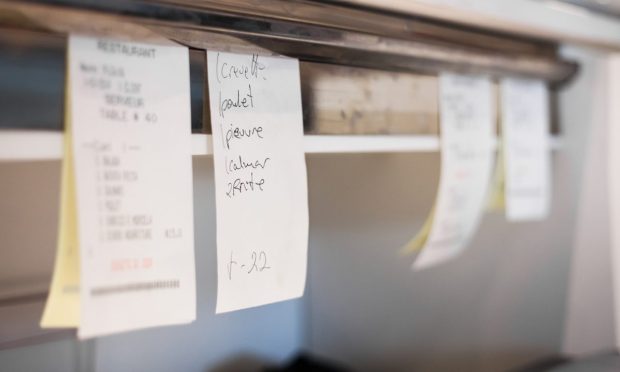25% of Restaurant Customers Order Food at Least Once a Week, Spend at Least $40 Per Purchase

The pandemic brought a great deal of attention to the variety of ways customers can get meals from restaurants. Both table-service restaurants and quick-service restaurants (QSRs) often offer their customers a choice of purchasing channels, including dine-in, phone call, order online with restaurant and order online via aggregator.
Restaurant customers fall into four types based on their average spending and purchasing frequency, according to Digital Divide: Aggregators and High-Value Restaurant Customers, a PYMNTS and Paytronix collaboration that surveyed more than 2,213 U.S. consumers.
The survey found that 29% of restaurant customers are low spending, low frequency; 26% are high spending, low frequency; 25% are high spending, high frequency and 21% are low spending, high frequency.
High-spending customers spend an average of more than $40 per purchase, while low spenders average less. High-frequency customers buy food from restaurants — including dine-in, delivery and pickup — at least once a week, while low-frequency ones do so less often.
It may come as little surprise that high-spending, high-frequency customers account for outsized shares of the respondents who make purchases via each restaurant channel covered in the survey. They have an especially high propensity to use restaurant aggregators to order delivery, however.
Most restaurant customers who order via aggregators identify “ease and convenience” as the main reason for using the platforms. That is the most commonly cited reason among customers in all four spending-frequency categories.
High-spending, high-frequency restaurant customers are much more likely than those in the other three categories to cite “lower prices” and “discounts and offers” as reasons for using aggregators.
Customers’ reasons for ordering directly from a restaurant were a bit more varied. The two categories of customers who order with low frequency most commonly cited “free delivery,” while the two categories of customers who order with high frequency most often said, “time-saving.”
